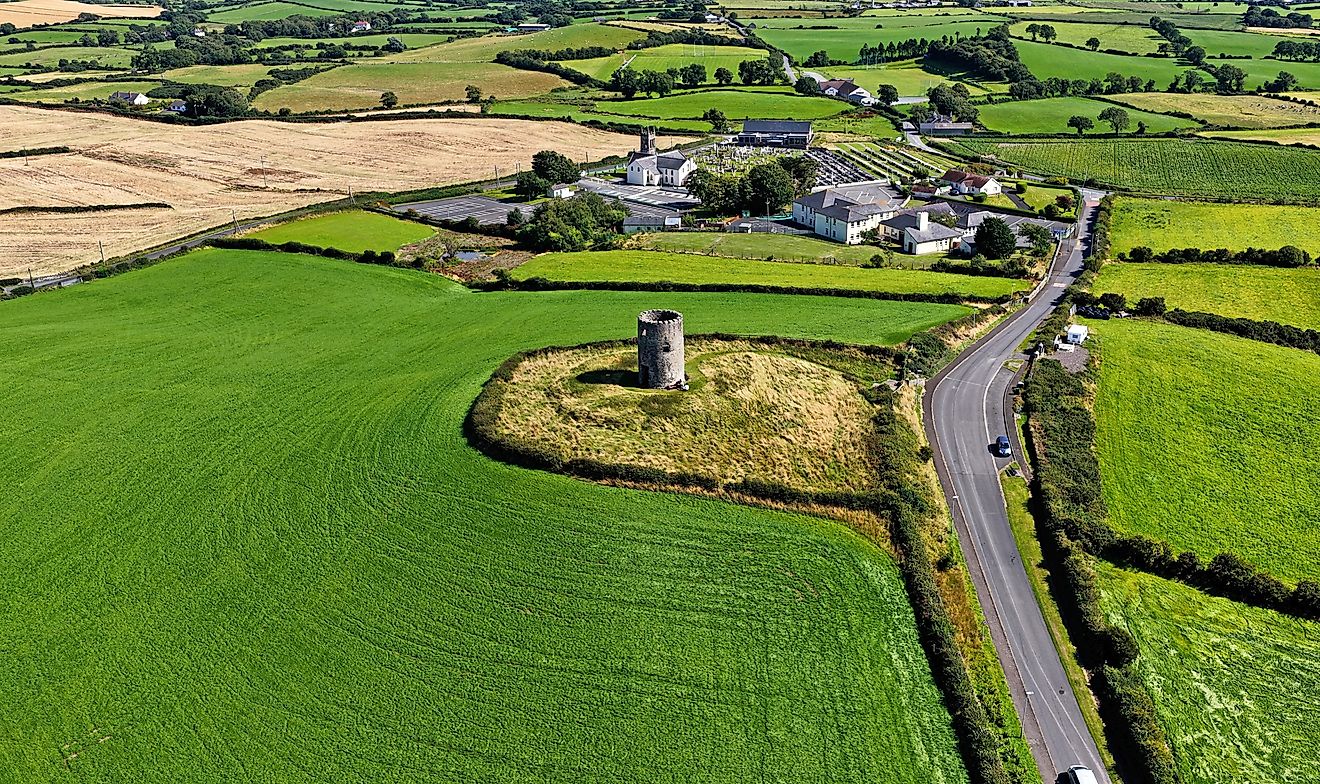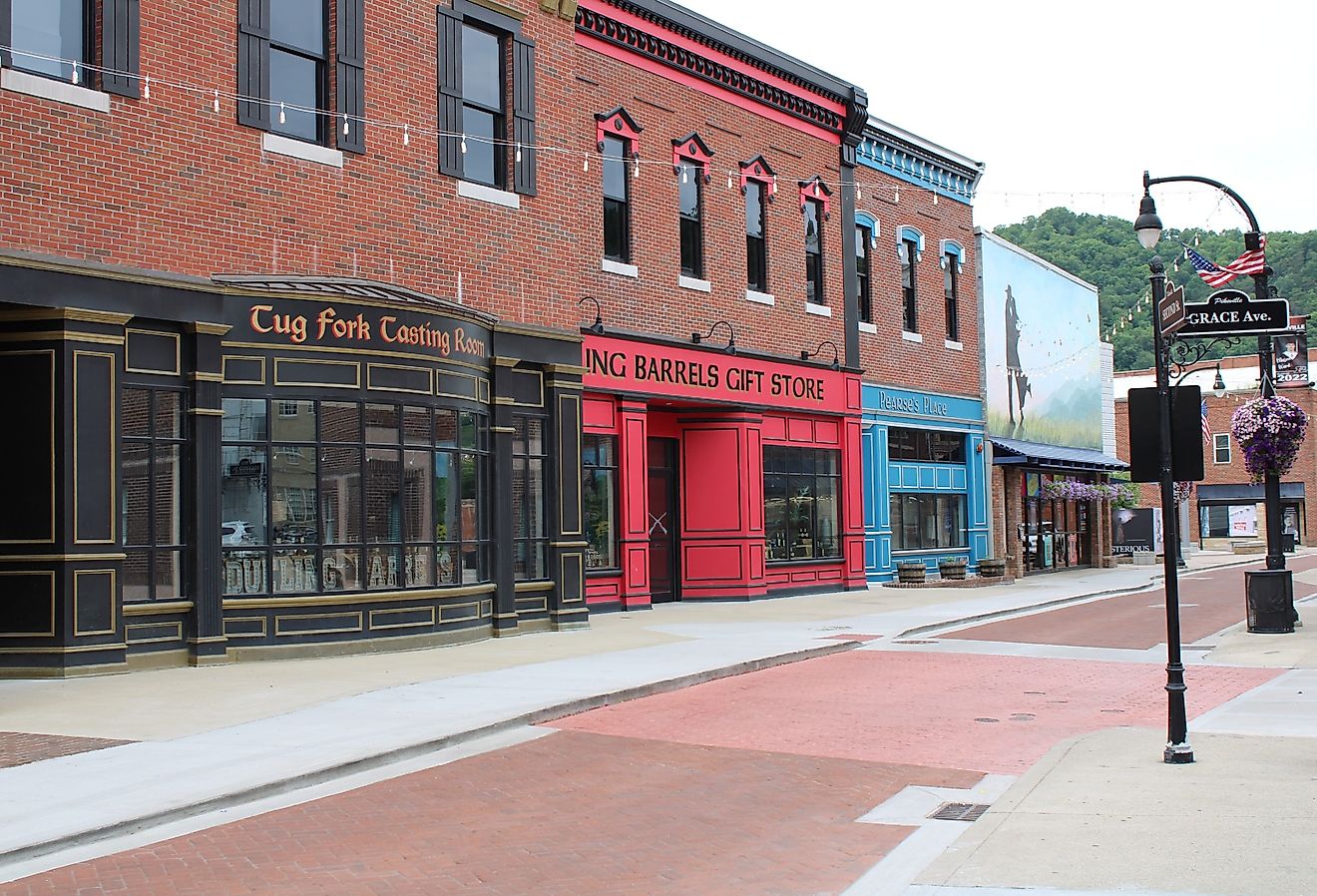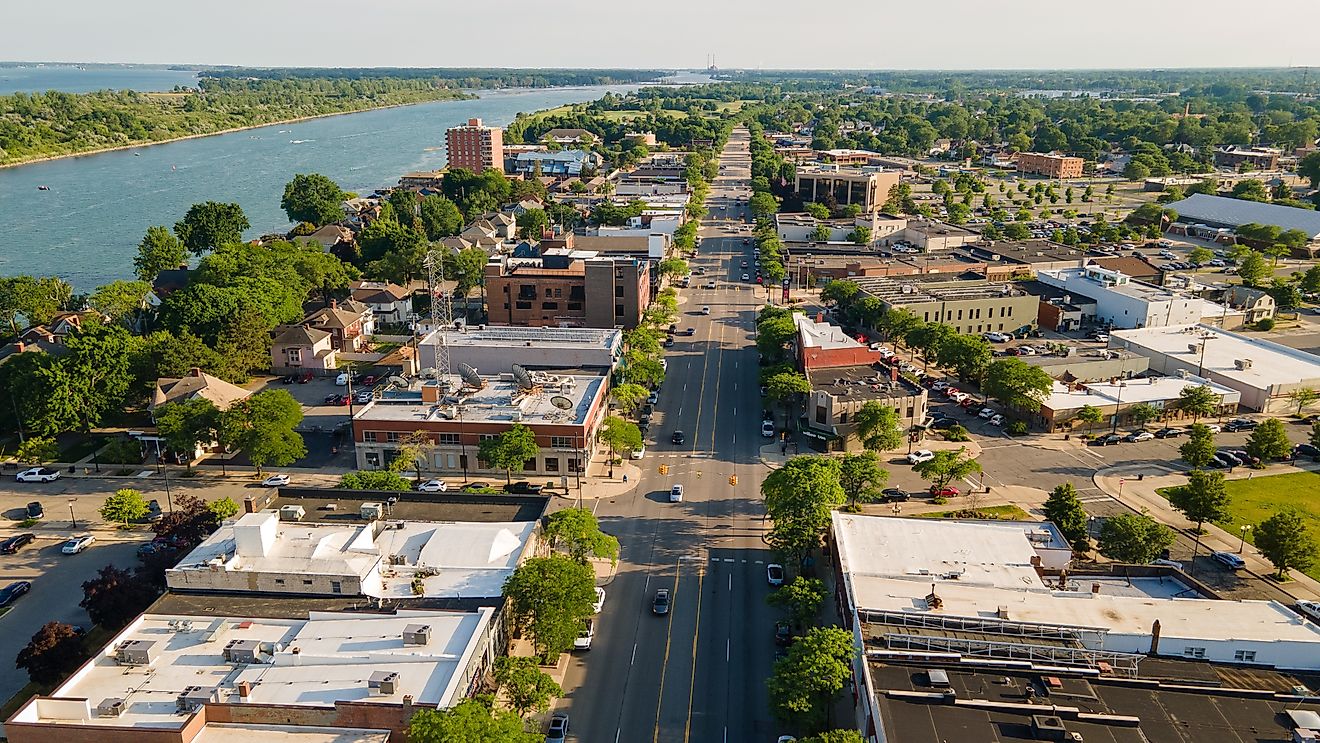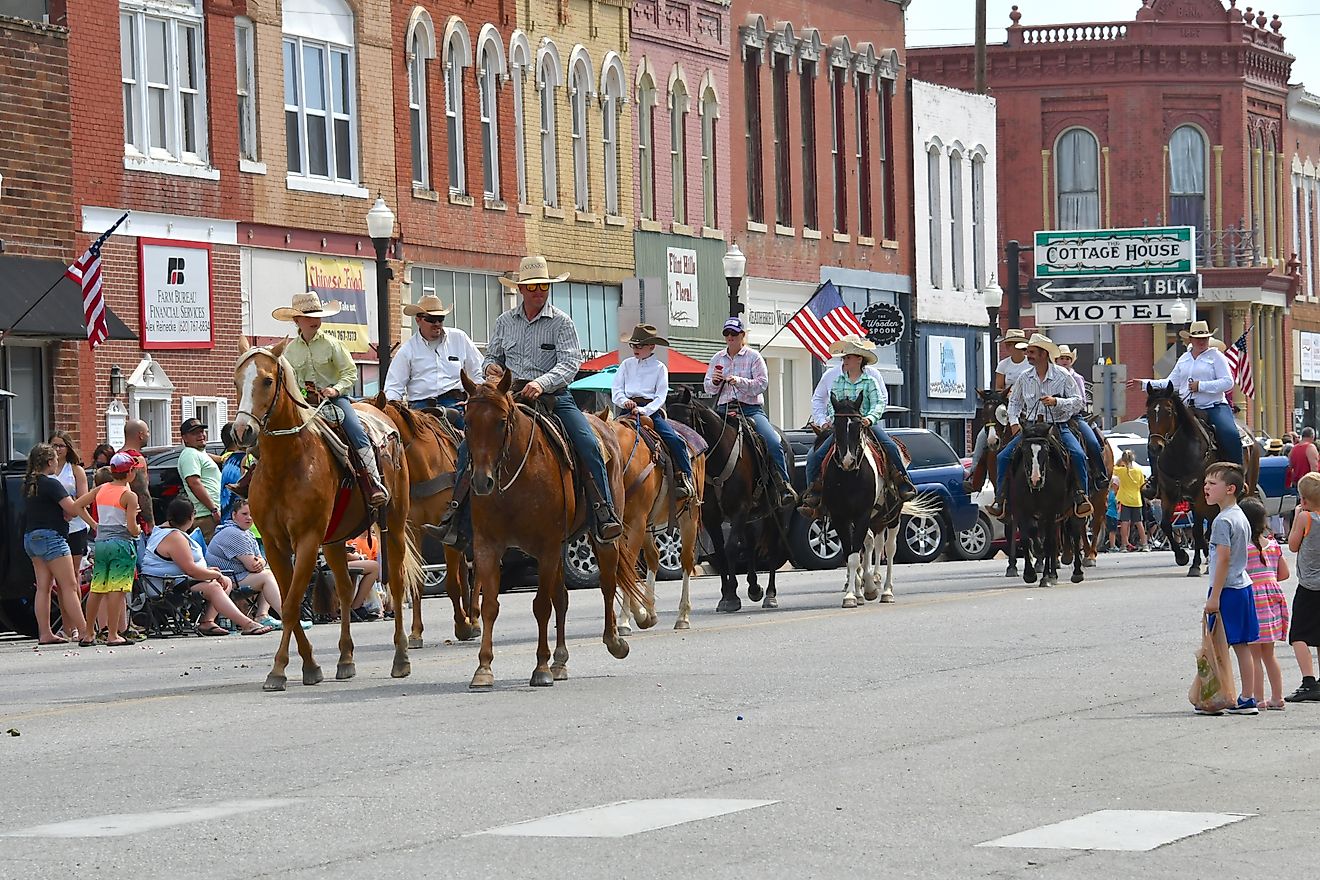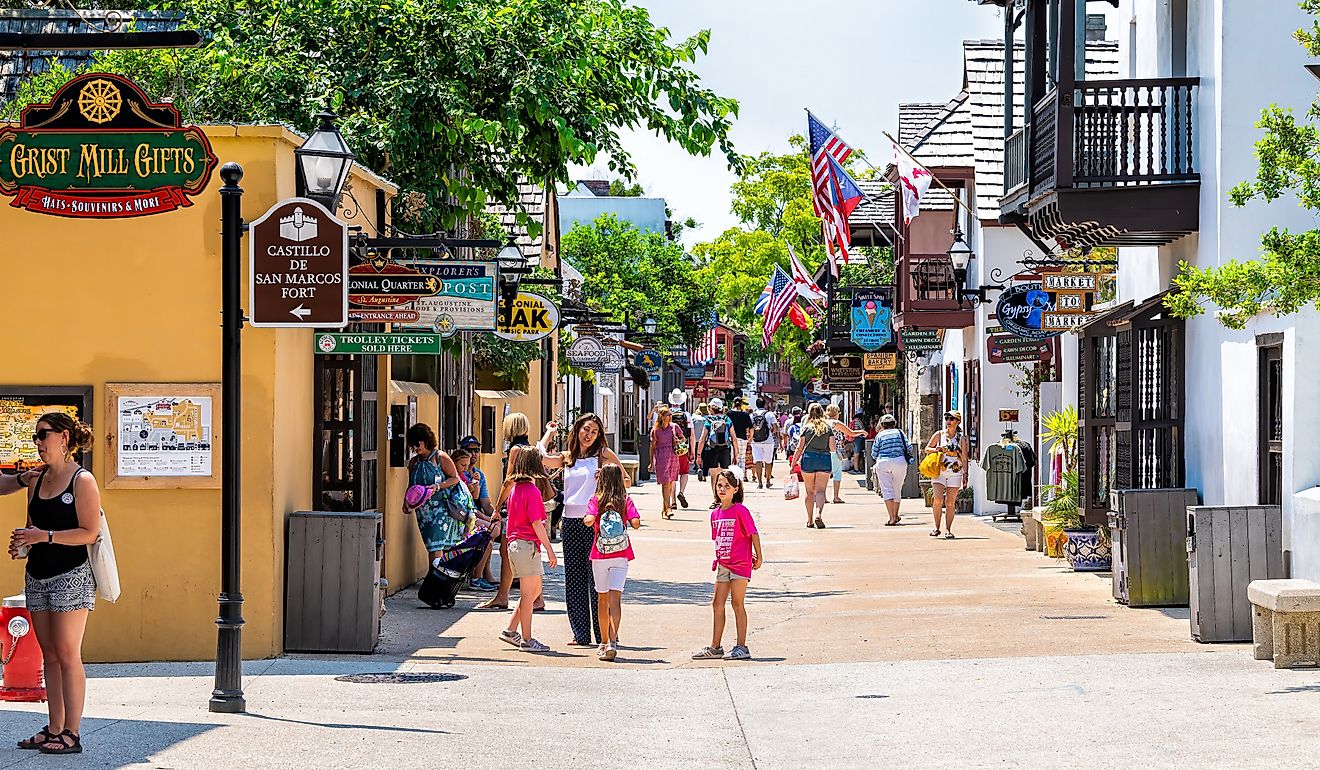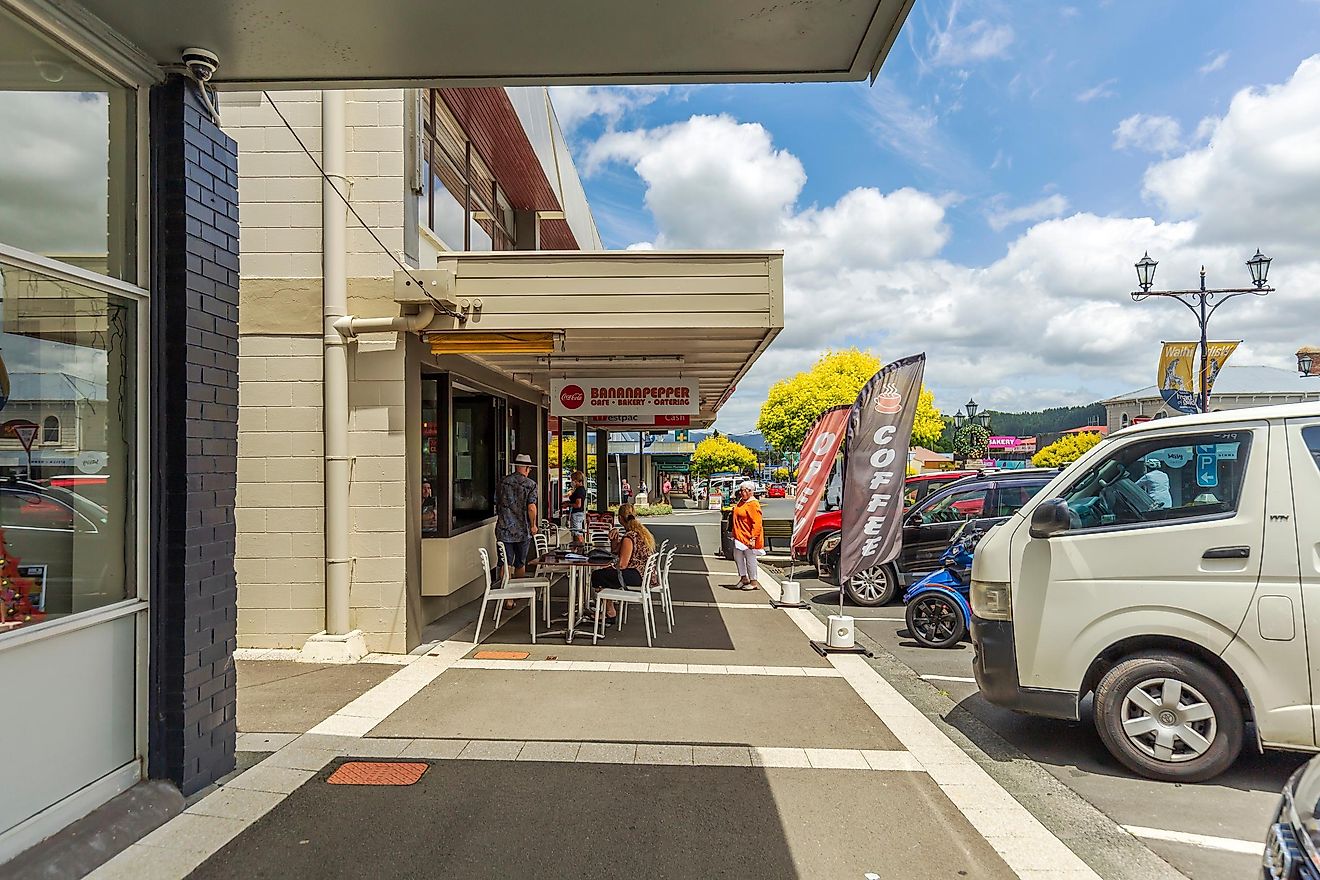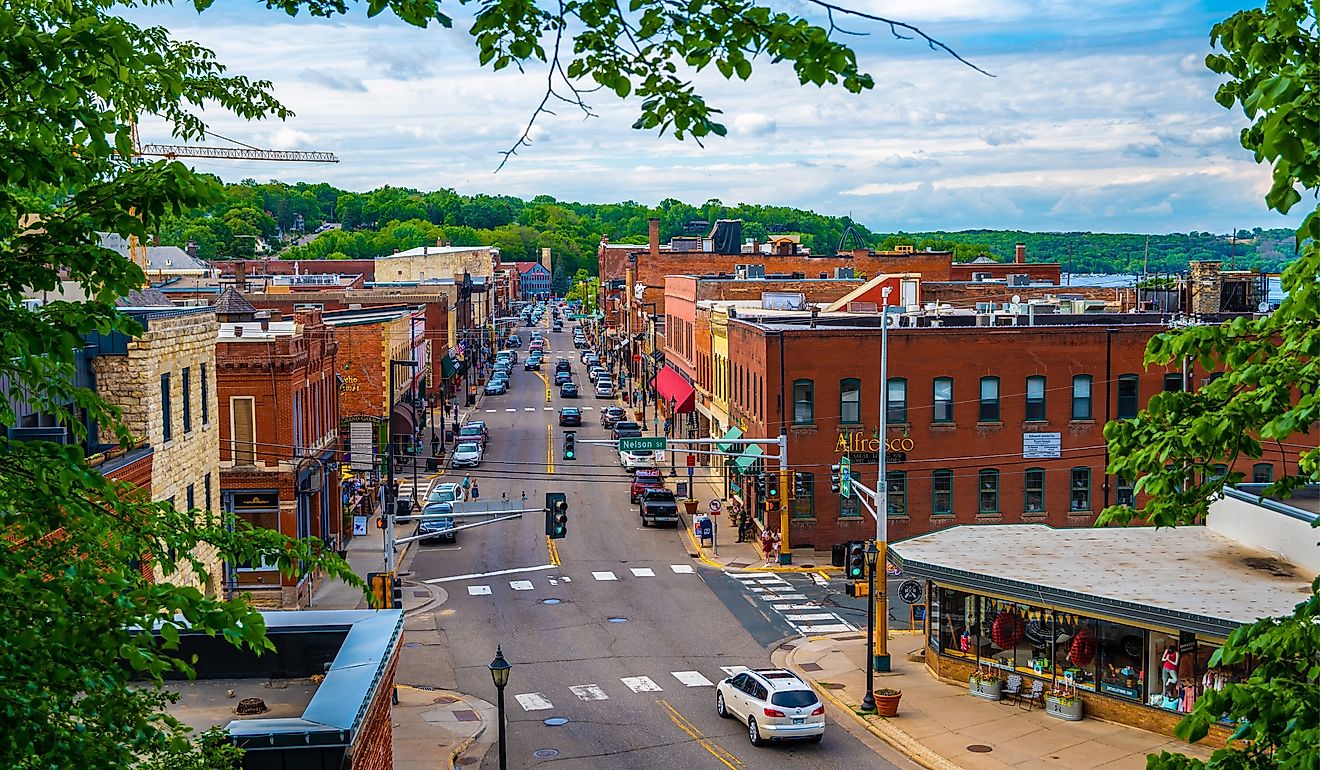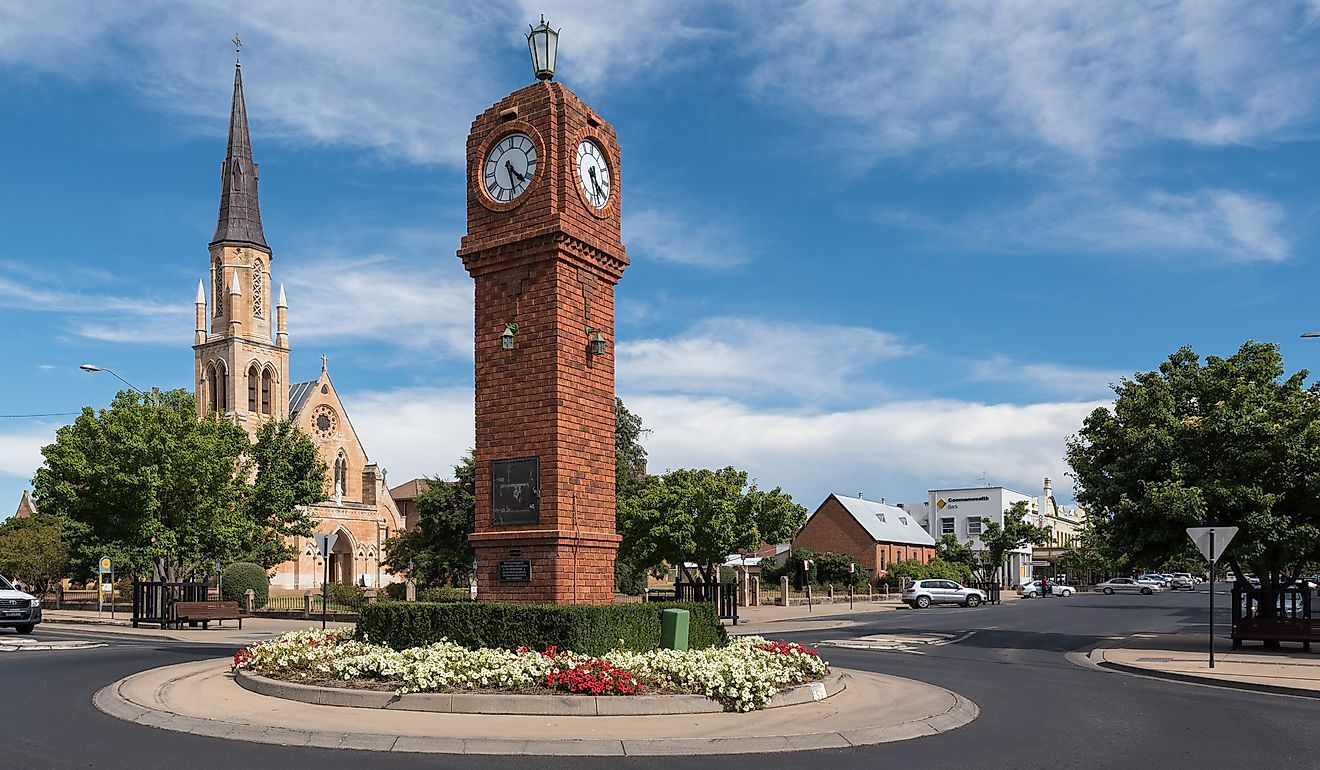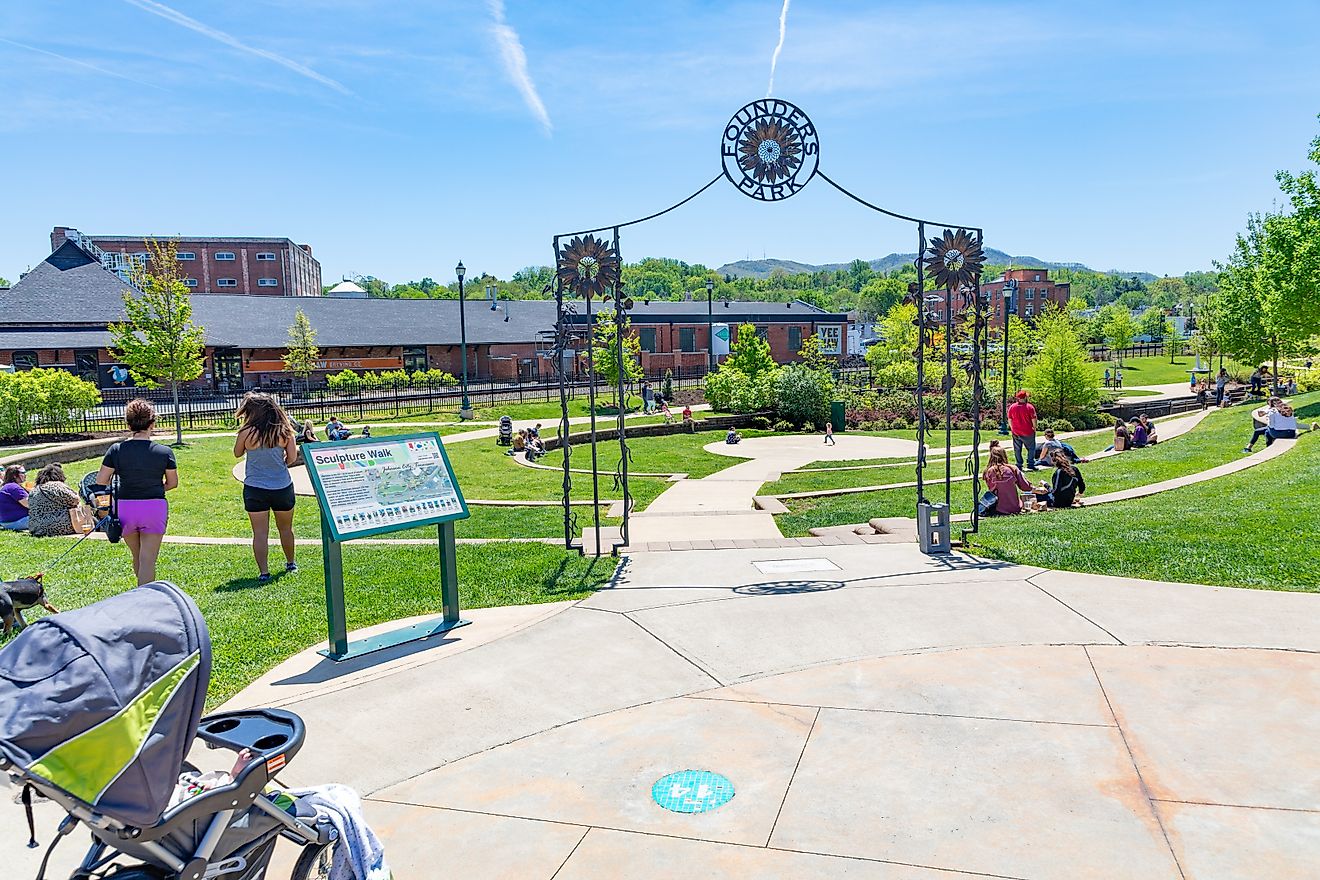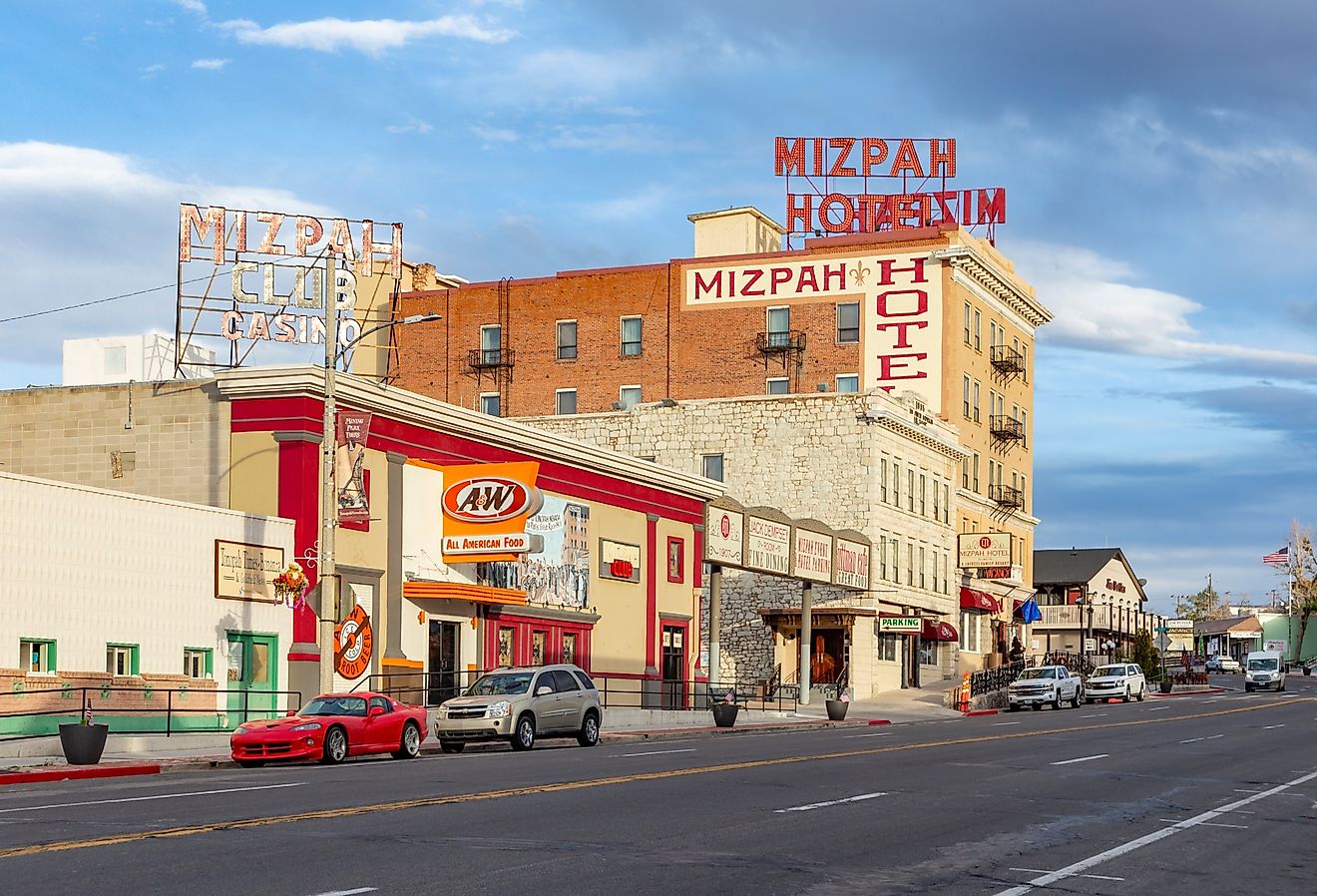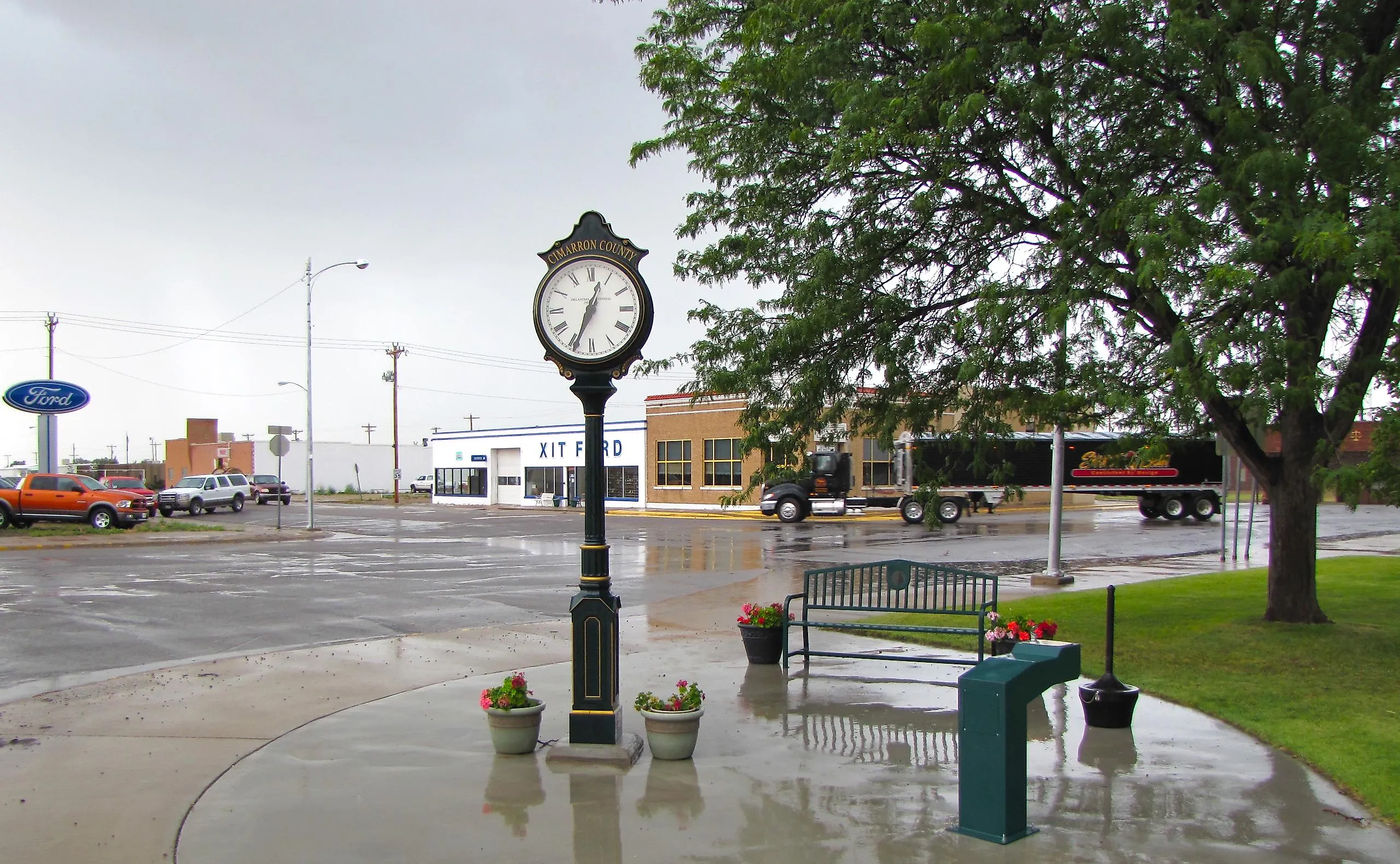
You Won't Believe This Town Is In Oklahoma
Boise City, known locally as the "Gateway to the Panhandle," is a historic city with a small population and a unique history that is hard to believe. Today, numerous opportunities exist to explore this history, along with other charming venues and outdoor adventures. Fishing and hiking are popular activities in this area, and state parks and nature preserves are interspersed throughout the region, offering access to lakes and trails.
A unique history has been associated with this area since the ambiguous origins of its name, the fabrications in the first publications aimed at attracting tourism, and even an accidental military bombing. The town is also known for its dust storms, with one of them ranking as the worst in U.S. history. Among these unique storylines lies an affable community and a charming atmosphere with much to see and do.
History
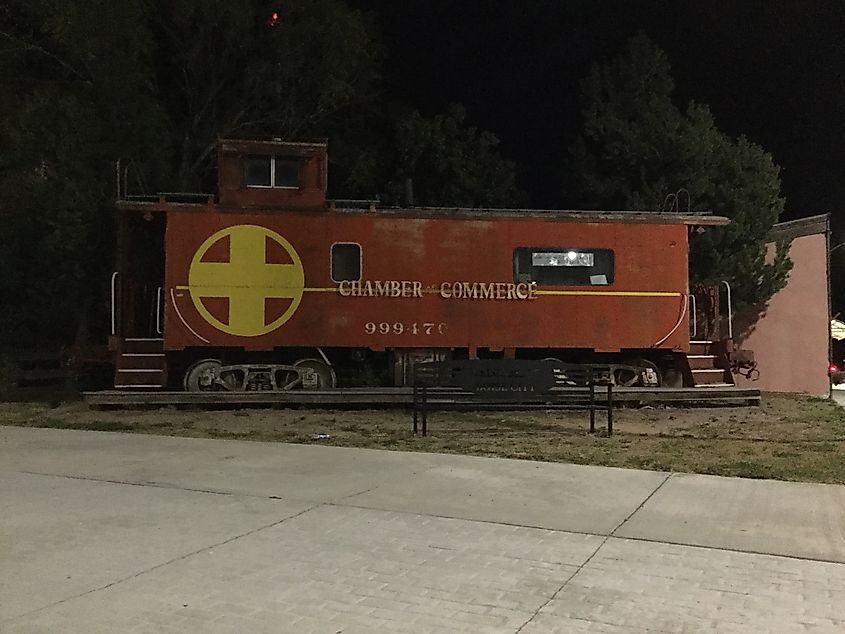
Santa Fe train caboose in Boise City, Oklahoma
Boise City was founded in 1908 in Cimarron County by three men: J. E. Stanley, A. J. Kline, and W. T. Douglas. They provided an approximate geographical boundary, hoping it would become the county seat. They succeeded. The town's initial purpose was as a stop on the Santa Fe Railroad, and to attract residents, the men sold three thousand lots using less-than-honest brochures.
The brochures featured many trees, rivers, paved roads, and other amenities to attract investors and residents. In truth, the Cimarron and Beaver Rivers were miles away from the town, and the one notable structure was a mill located in the center of the city, which would later become the courthouse. Another ambiguity is how the men devised the town's name, although several theories have emerged.
One theory suggests that the city was named after Boise, Idaho, but with a different pronunciation. Others claim it was named after Civil War hero Captain Boise (the name is uncertain), while others speculate that "Boise" is a derivative of the Boice Cattle Company, which ran cattle in the area. The ambiguity gives the railroad stop an added layer of unique history that only adds to its charm.
Dust Storms

Black Sunday dust storm approaches Stratford, Texas, on April 14th, 1935.
Unbelievable, unique events have also shaped Boise City's history and culture. Among the most memorable is the Black Sunday Dust Storm of 1935. To put the event into context, the 1930s saw many severe dust storms ravage the Great Plains, collectively known as the Dust Bowl. Overgrazing and poor land stewardship left the West almost barren, with no shrubs or grass to anchor the soil. Then, the land experienced a drought that dried out the soil, and the conditions created caused hundreds of thousands of Americans to relocate.
The Black Sunday Dust Storm was so severe that a wall of pure blackness transformed a sunny day into a terrible darkness deeper than the color of ink. The wall of blowing sand and dust landed in the Oklahoma Panhandle around 4:00 p.m., heading south with winds gusting over 40 miles per hour and the temperature plummeting. The worst part of the storm was in the Oklahoma Panhandle, where witnesses could not see their hands in front of their faces. The dust storm lasted almost an hour and a half and would forever be remembered as the worst in American history.
Other Unique Events
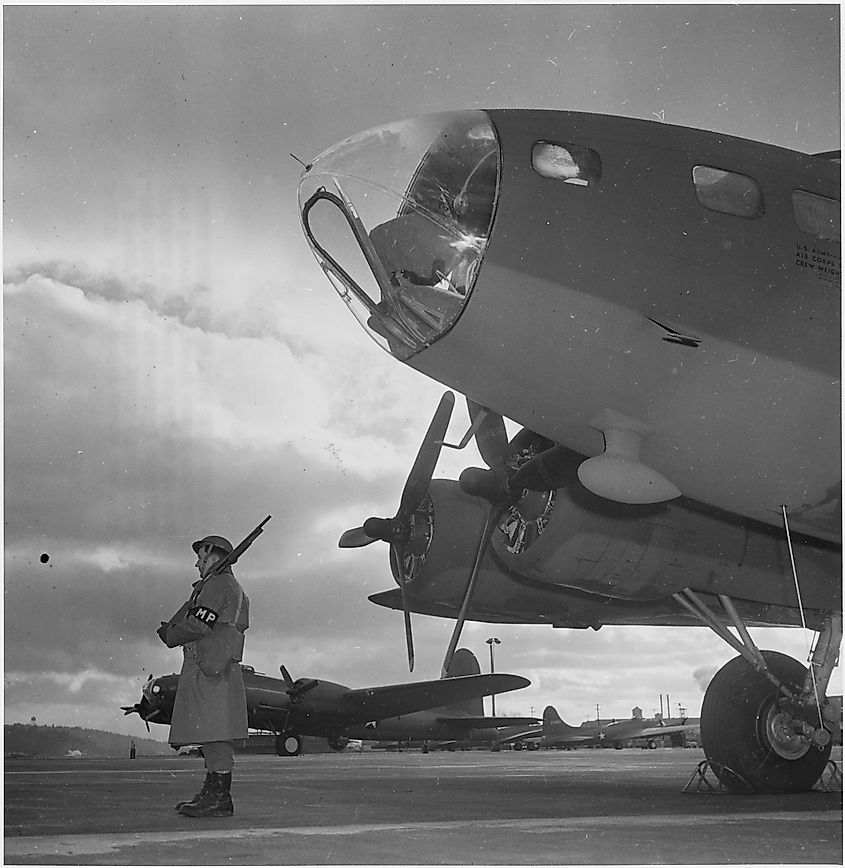
Boeing-built B-17Fs, with the clear-view two-piece Plexiglas bombardier's nose.
Less than a decade after the Black Sunday Dust Storm, in 1943, Boise City was the site of a friendly fire bombing during World War II. A B-17 bomber accidentally dropped six practice bombs over the small plains town. The 100-pound dummy bombs did not claim any lives, but did cause structural damage throughout the community, including a garage and a church. Records indicate that the bomber flew from Dalhart Air Force Base and mistook the lights of the town square for the lights of a training target. Boise City now has the unsettling distinction of being one of only a few U.S. communities bombed during the war.
Historic Sites
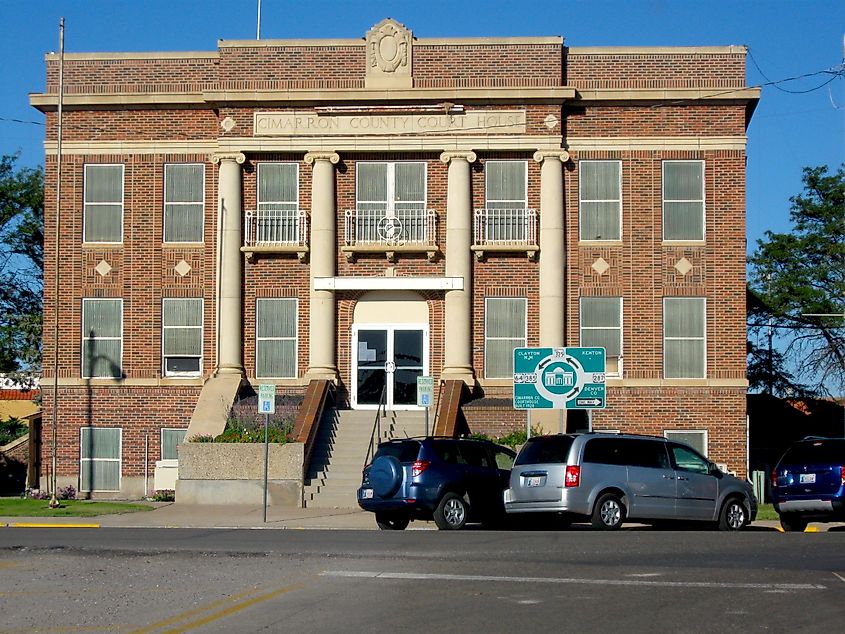
Boise City is known for its historical landmarks, including Autograph Rock, the Cimarron County Courthouse, and the Cimarron Heritage Center. Autograph Rock is on the Santa Fe National Historic Trail along Cold Springs Creek. The tributary provides desperately needed fresh water along the semi-arid plains and allows year-round access. This endeared the location to campers, and people have been carving their names in the sandstone bluffs. Archaeological evidence suggests that Indigenous people have used the site before travelers on the Santa Fe Trail.
The historic courthouse is listed on the National Register of Historic Places. It was built in 1925 after the original (1908) wooden structure burned down. This information and other historical details can be found at the Cimarron Heritage Center. The museum and educational center preserve and interpret the history of the Oklahoma Panhandle. It offers exhibits featuring the Dust Bowl, pioneer life, and Native American history. In a relatively new town with such a unique history, the educational center has much to interpret, which it does with numerous events and programs throughout the year.
There is much to see and do in this prairie town, and much of it focuses on its unique geographical location, climate, and history. The Dust Bowl and its morose companion, the Great Depression, gravely affected hundreds of thousands of people in the 1930s. The Oklahoma Panhandle, including Boise City, was most severely affected, especially on that fateful day in 1935. It is hard to believe such an arid land exists in the prairies, but history tells us otherwise.
